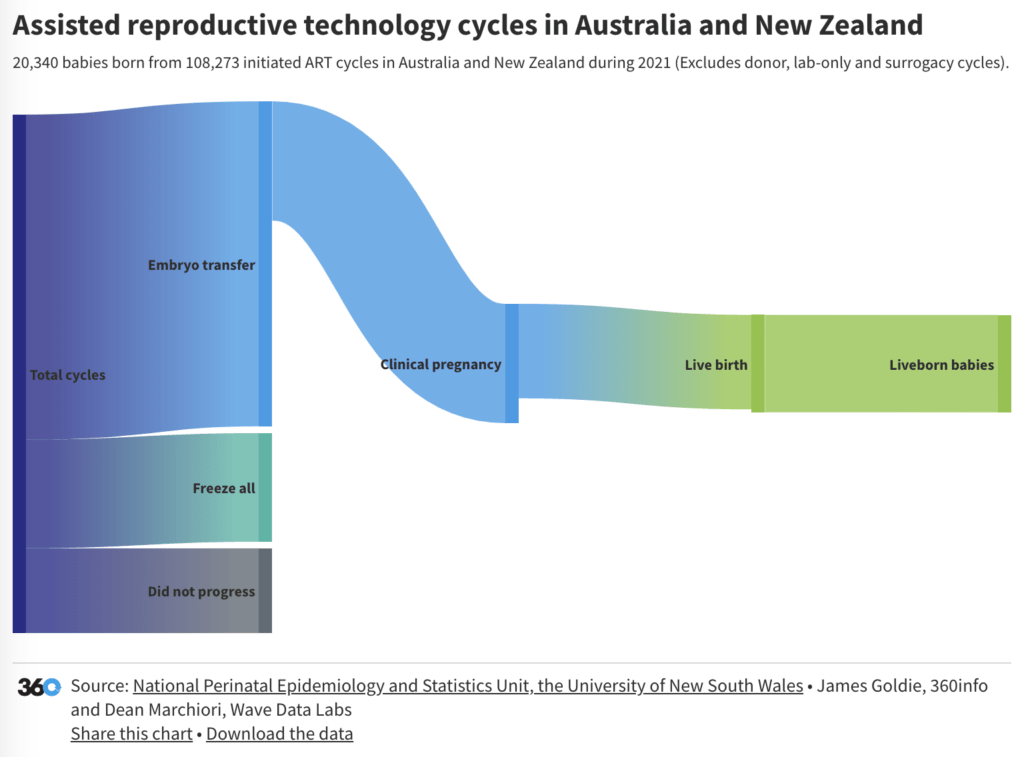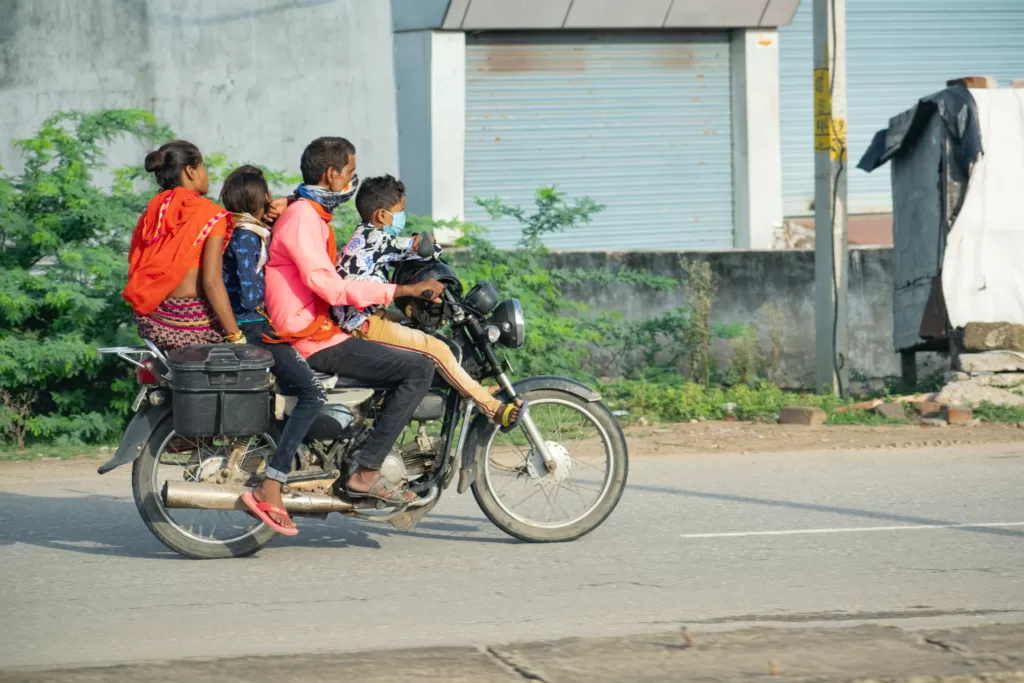India has a history of coercive family planning which ignored infertility. A shift in focus will help women’s health.
 Infertility affects both women and men but has a much more stigmatising effect on women. (Stock image) : Raju GPK via Unsplash (https://unsplash.com/photos/yellow-and-red-anarkali-dress-IztW-EiTHJg) Unsplash Licence
Infertility affects both women and men but has a much more stigmatising effect on women. (Stock image) : Raju GPK via Unsplash (https://unsplash.com/photos/yellow-and-red-anarkali-dress-IztW-EiTHJg) Unsplash Licence
India has a history of coercive family planning which ignored infertility. A shift in focus will help women’s health.
For a long time after the birth of her twin girls, Vimlesh was regarded as banjhdi or infertile. She lived in a state of anxiety, constantly reminded by her in-laws about her inability to produce another child, especially a son.
Vimlesh sought healers all around the district and consulted gynaecologists in charitable clinics. She blamed her own body for its kamzori or ‘weakness’.
She believed the wandering spirit of her deceased uncle-in-law was responsible for her inability to give birth to more children.
When she finally became pregnant with her son after a nine-year gap, she attributed this success to the supportive intervention of the healers rather than the gynaecologists.
When India launched its first national family planning programme in 1952, the best reproductive outcomes for women and concerns about policies on families and reproductive health were paramount.
Seventy-one years later, despite a rights-based approach to population planning, those questions continue to haunt the nation.
Infertility remains ignored in Indian population policy and its absence, understood as a technique of reproductive governance, offers insights on potential solutions.
Infertility is the inability to conceive after 12 months of unprotected intercourse (primary infertility) or the inability to give birth to more than one child (secondary infertility).
India has a large population but population growth is below replacement level. Current estimates of the Total Fertility Rate or TFR is at 2.1 in rural areas and 1.6 in urban areas.
From 2000, the National Population Policy regulated fertility through contraceptives as reproductive ‘choice’. This was done by offering women a range of reversible contraceptive options such as the pill, IUDs and condoms. Sterilisation was also an option.
But this only catered to childbearing women, ignoring the prevalence of widespread infertility and the related reproductive rights of women and couples.
The solution to the dilemma of coercion and freedom in reproductive governance for countries with high populations such as India, paradoxically, lies in the state’s support for the infertile.
High levels of infertility will generate low desire for contraception. Fertility and infertility are social conditions which are intricately connected. Where fertility is highly valued, infertility will conversely be devalued.
Though the physiological aspects of infertility are important, it is the cultural and social meaning attributed to the condition that has far-reaching consequences for women’s health and well-being.
Infertility affects both women and men globally but has a much more stigmatising effect on women.
In patriarchal societies such as Rajasthan, infertility cannot be separated from issues of inequality and power in how women’s husbands, communities and the state make decisions about women’s reproductive bodies.
Women who experience infertility in India are regarded as inauspicious, leading to their marginalisation. They may be avoided by other pregnant women, treated with less value in the household, and struggle with access to basic resources.
As a result, even women who bear children are afraid of becoming infertile.
This has major implications for family planning policies. It suggests health-seeking behaviour is driven more by the quest to be fertile and auspicious rather than in striving to be free from infection. This challenges epidemiologically based notions of reproductive health.
Equating fertility with auspiciousness decentres biologically-based ideas of reproductive health as women seek out healers who provide ritual means to navigate the stigma of infertility, helping infertile women reduce the social and economic vulnerabilities of their condition.
The focus on reproductive health as narrowly defined in an epidemiological sense fails to capture the social, affective and economic senses in which reproductive well-being is defined and experienced in the region.
A recent World Health Organization report revealed that 1 in 6 people in the world experience infertility issues.
Global birth rates are falling and the population is ageing, putting an extra burden on development. Infertility only exacerbates this issue.
The question facing Indian policy makers, following its history of coercive family planning policies is how to exercise fertility control in a participatory, consensual, and rights-based manner.
The incidence of secondary sterility, which is primarily a result of reproductive tract infections, is crucial. Access to adequate and appropriate healthcare is critical in alleviating the problem.
The fear of infertility, the social consequences of marginalisation for women who are unable to conceive, becomes a social fact when the appropriate quality of medical attention is unavailable.
Health services mainly focused on fertility control and contraceptives such as intrauterine devices only serve to exacerbate infections of the reproductive tract such as pelvic inflammatory disease.
Ironically, the medical treatment for secondary sterility, though effective, is not widely accessible.
India’s National Population Policy could be reoriented to focus on the lack of attention to infertility in its public health services. Doing this would address balancing fertility control with reproductive autonomy.
Without bringing infertility into its purview, Indian women’s reproductive health remains at risk.
Qualitative data based on narratives and accounts of lived experience on infertility have increasingly shown a spotlight on this looming crisis of women’s reproductive health as linked to sterility.
Yet, and as the WHO points out in its report, there has been no collection of quantitative data of any significance in this region of the world.
Without the evidence base of combined qualitative and quantitative studies, the reproductive health rights of women are being severely compromised.
Poorer women and men are especially being denied their rights to become parents and to reproduce safely and successfully, as expensive fertility treatments remain out of their reach.
Maya Unnithan is Professor of Social and Medical Anthropology and Director of the Centre for Cultures of Reproduction, Technologies and Health (CORTH; www.corth.ac.uk) at the University of Sussex. Her book Fertility, Health and Reproductive Politics: Re-imagining Rights in India (2019) is based on ethnographic work in India since 1998. Maya works with health and legal-aid NGOs as well as policy makers to reduce reproductive health inequalities globally.
Originally published under Creative Commons by 360info™.













